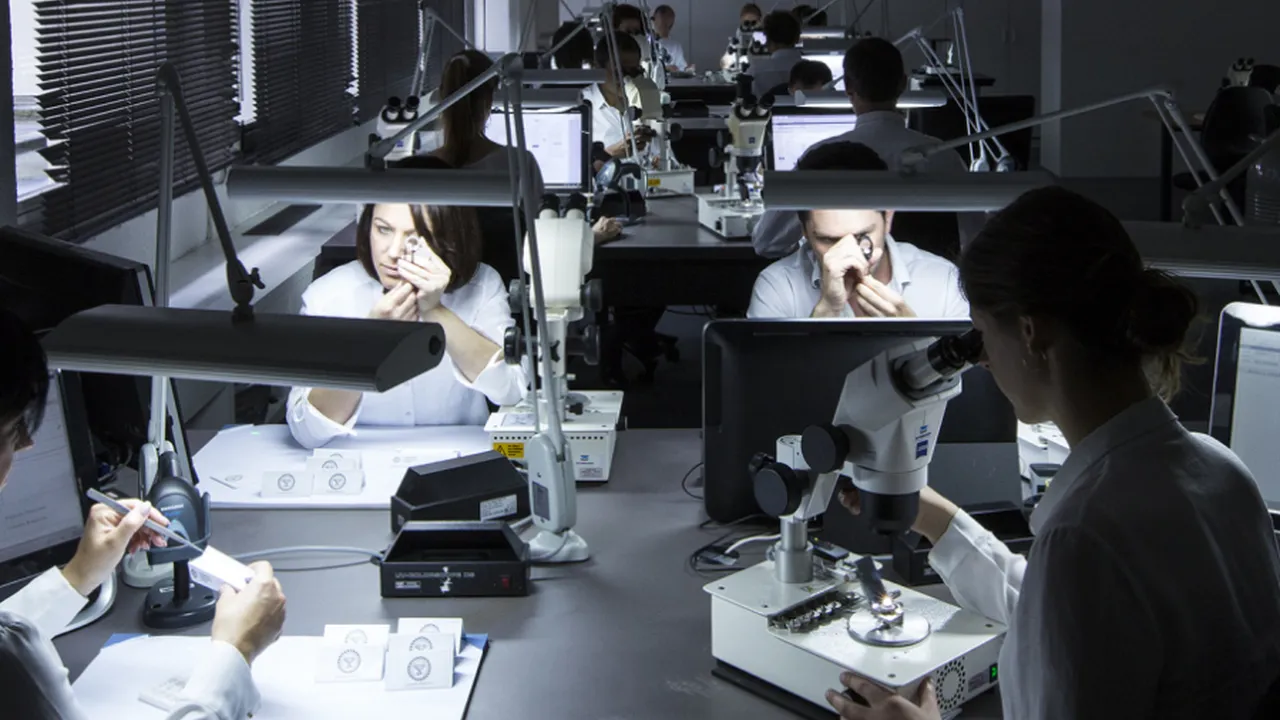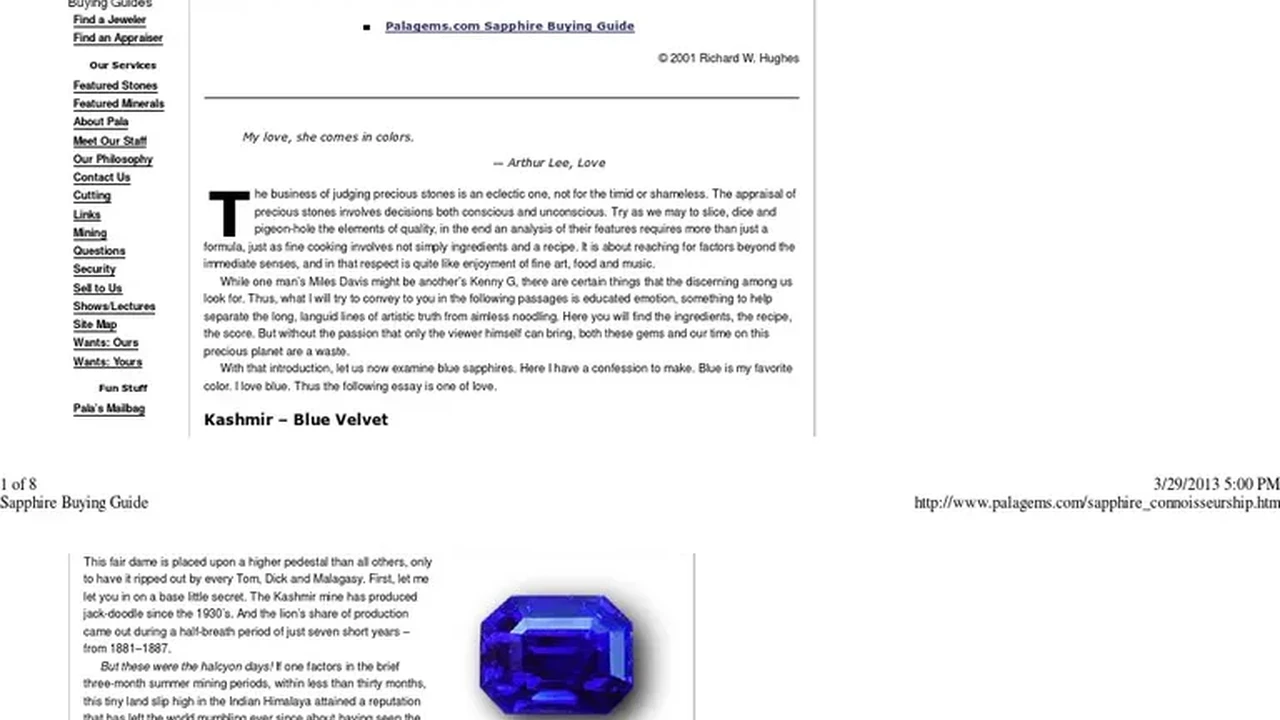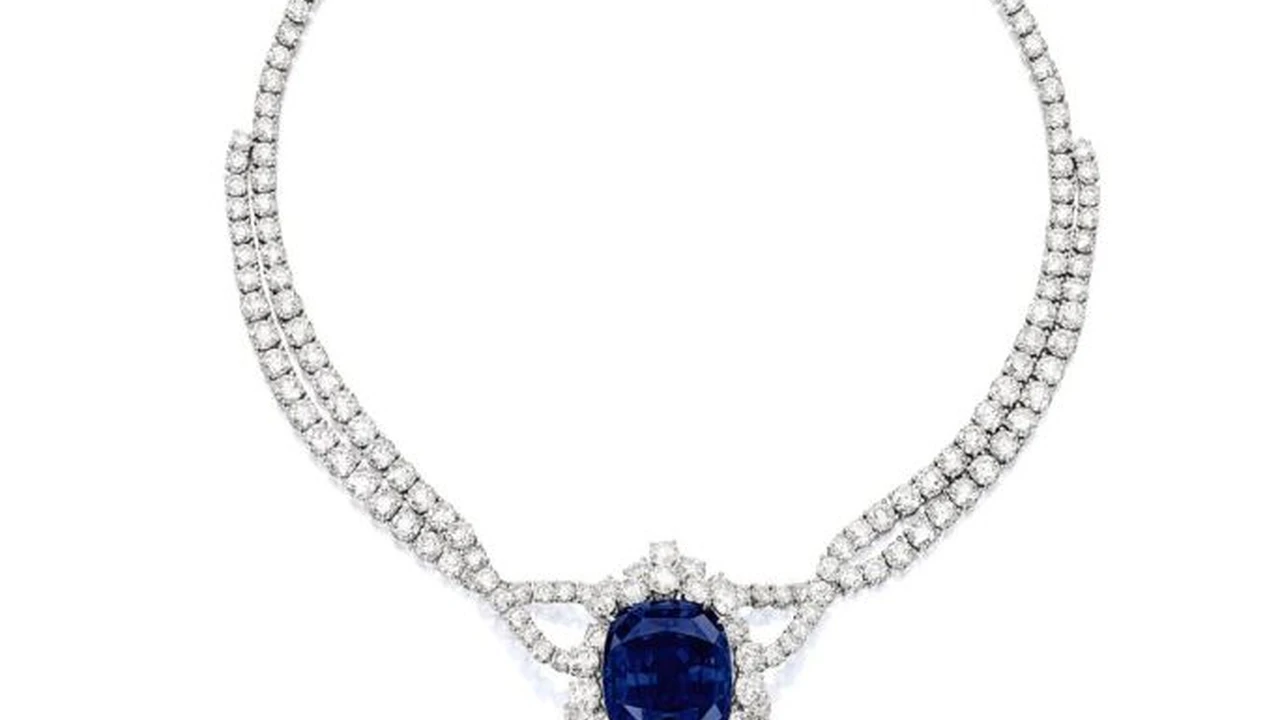The Role of Gemological Labs in Gemstone Investment
Explore the role of gemological labs in gemstone investment. Understand how certifications and appraisals contribute to value and authenticity.

Understanding Gemstone Certification and Appraisal
So, you're thinking about diving into the world of colored gemstone investment? Awesome! But before you drop some serious cash on a dazzling sapphire or a vibrant ruby, it's crucial to understand the role of gemological labs. Think of them as the unbiased referees in the gemstone game. They provide the essential certifications and appraisals that can make or break your investment.
Why Gemological Labs Matter for Sapphire, Emerald, and Ruby Investment
Why can't you just trust the seller, you ask? Well, while many dealers are reputable, the gemstone market, especially for high-value pieces like sapphires, emeralds, and rubies, can be tricky. Gemological labs provide an independent assessment of a gemstone's quality, authenticity, and value. This is especially important when dealing with rare or treated stones. Without proper certification, you could be overpaying for a stone that's not what it seems.
GIA, AGS, and Other Key Gemological Labs for Emerald, Ruby and Sapphire
There are several reputable gemological labs out there, but some of the most well-known and respected include:
- GIA (Gemological Institute of America): Often considered the gold standard in gemology, GIA provides comprehensive grading reports for diamonds and colored gemstones. Their reports are widely recognized and trusted by buyers and sellers worldwide.
- AGS (American Gem Society): AGS focuses on providing consistent and accurate grading reports, emphasizing cut quality in diamonds and overall quality in colored gemstones.
- Gübelin Gem Lab: This Swiss lab is renowned for its expertise in colored gemstones, particularly rubies, sapphires, and emeralds. They often provide origin reports, which can significantly impact a gemstone's value.
- SSEF (Swiss Gemmological Institute): Another highly respected Swiss lab specializing in colored gemstones. They are known for their research and expertise in identifying treatments and origins.
- Other reputable labs: Consider IGI (International Gemological Institute) and local labs with proven track records in your specific region (e.g., in Southeast Asia).
The Value of Gemstone Origin Reports for Investment-Grade Sapphires, Emeralds and Rubies
Origin reports are particularly important for high-value gemstones like Burmese rubies, Kashmir sapphires, and Colombian emeralds. The origin of a gemstone can significantly impact its value. For example, a Burmese ruby with a 'pigeon's blood' color and a certificate from Gübelin or SSEF confirming its origin can command a much higher price than a similar ruby from a less desirable location. These origin reports are key for your sapphire, ruby and emerald investment potential.
Understanding Gemstone Grading Reports for Ruby, Sapphire and Emerald Investments
Gemstone grading reports typically include information on:
- Color: Describing the hue, saturation, and tone of the gemstone.
- Clarity: Assessing the presence of inclusions (internal flaws) and blemishes (surface flaws).
- Cut: Evaluating the proportions, symmetry, and polish of the gemstone. (More relevant for faceted stones)
- Carat Weight: The weight of the gemstone, measured in carats.
- Treatments: Identifying any treatments that have been applied to the gemstone to enhance its appearance.
- Origin (sometimes): As mentioned earlier, some labs provide origin reports for certain gemstones.
Gemstone Appraisal vs. Certification: What's the Difference for your Sapphire, Emerald and Ruby Investments?
While both appraisals and certifications are important, they serve different purposes. A certification, issued by a gemological lab, provides an objective assessment of a gemstone's characteristics. An appraisal, on the other hand, is an estimate of a gemstone's monetary value, typically provided by a qualified appraiser. Appraisals take into account factors like market demand, rarity, and current prices. You'll need an appraisal for insurance purposes or when selling your gemstones.
Real-World Examples and Investment Scenarios
Let's look at some examples to illustrate the importance of gemological labs:
Scenario 1: The Untreated Sapphire
You're considering purchasing a 5-carat blue sapphire. Two stones look identical, but one has a GIA report stating 'No Indications of Heating,' while the other has no certification. The untreated sapphire is significantly more valuable because untreated sapphires are rarer and more desirable. Without the GIA report, you wouldn't know the difference and could easily overpay for the treated stone.
Scenario 2: The Colombian Emerald
You're offered a stunning green emerald, supposedly from Colombia. A Gübelin origin report confirms that it is indeed from Colombia and exhibits the characteristics of a high-quality Muzo emerald. This report adds significant value to the stone, making it a more attractive investment.
Scenario 3: The Ruby with Questionable Treatments
You find a vibrant red ruby at a seemingly great price. However, it lacks certification. Further investigation reveals that it has been heavily treated with glass filling to improve its clarity. This treatment significantly reduces the ruby's value and long-term investment potential. Avoid this ruby, as it is not a good investment.
Recommended Gemstone Pieces and Their Details
Here are a few examples of colored gemstone pieces that, with the right certification, could be good investments:
- Untreated Ceylon Sapphire Ring: A classic platinum ring featuring a 3-carat untreated Ceylon sapphire with a GIA certificate. Expect to pay around $8,000 - $15,000 depending on the color and clarity. Consider wearing this to high-profile events.
- Colombian Emerald Pendant: A delicate white gold pendant featuring a 2-carat Colombian emerald with a Gübelin origin report. The price could range from $10,000 - $20,000. This is perfect for everyday wear or special occasions.
- Burmese Ruby Earrings: A pair of stunning Burmese ruby earrings set in yellow gold, each featuring a 1.5-carat ruby with an SSEF certificate. These are a great investment at around $12,000 - $25,000. Ideal for formal events.
Comparing Gemstone Pieces
When comparing similar gemstone pieces, always consider the following:
- Certification: Does the gemstone have a reputable lab report?
- Origin: Is the origin desirable?
- Treatments: Are there any treatments present?
- Price: Is the price fair given the gemstone's characteristics and certification?
For example, a 2-carat Colombian emerald with a Gübelin origin report will be significantly more valuable than a similar emerald without certification or from a less desirable origin.
The Gemstone Investment Takeaway
Gemological labs are your best friend when investing in colored gemstones. They provide the unbiased information you need to make informed decisions and protect your investment. Always insist on a reputable lab report before making a purchase, and consider the origin, treatments, and overall quality of the gemstone. Happy investing!
:max_bytes(150000):strip_icc()/277019-baked-pork-chops-with-cream-of-mushroom-soup-DDMFS-beauty-4x3-BG-7505-5762b731cf30447d9cbbbbbf387beafa.jpg)






